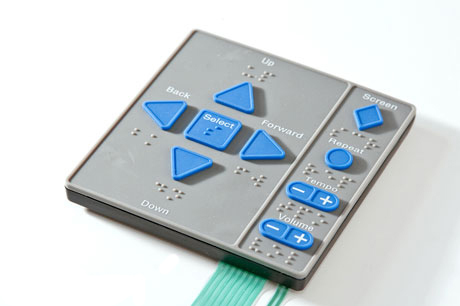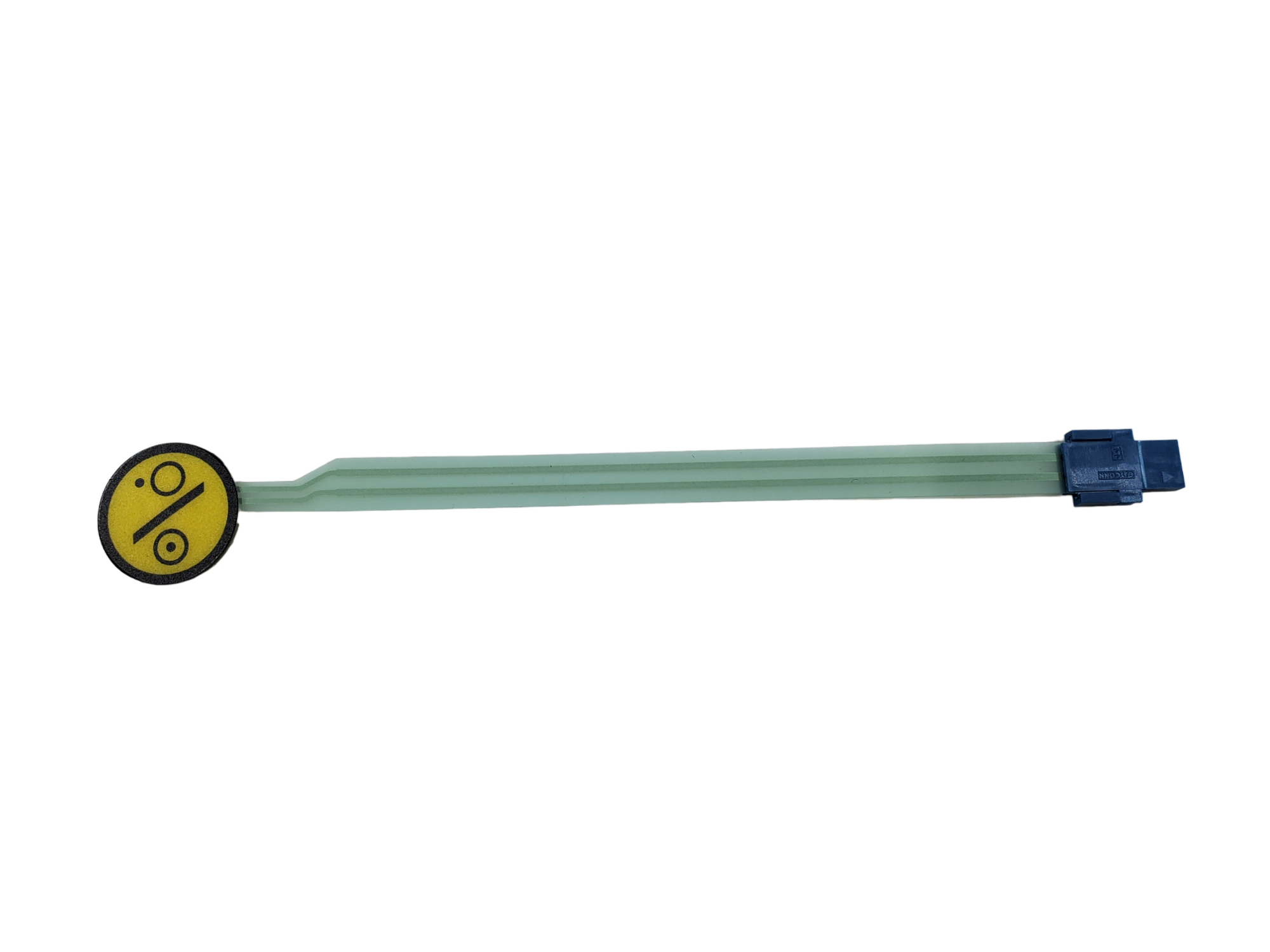How Membrane Switches Are Shaping the Future of Electronic Interfaces
How Membrane Switches Are Shaping the Future of Electronic Interfaces
Blog Article
Understanding Membrane Layer Changes: The Trick to Sturdy and Trusted Controls

What Are Membrane Buttons?
Membrane buttons are a sophisticated option in the world of interface innovation, combining capability and layout effortlessly. These gadgets function as a user interface in between individuals and digital systems, incorporating numerous parts into a small style. Normally built from adaptable, thin layers of materials, membrane layer switches are designed to react to touch, allowing individuals to connect with machinery and digital tools successfully.
The main aspects of a membrane switch consist of a printed circuit layer, visuals overlay, and a spacer layer that stops unplanned activation. The graphic overlay can be personalized to mirror brand identity or customer choices, boosting aesthetics while guaranteeing use. Membrane layer buttons are frequently made use of in different applications, consisting of clinical tools, customer electronics, and commercial equipment, owing to their toughness and resistance to ecological aspects such as dampness and dirt.
One of the key advantages of membrane switches is their capacity to hold up against wear and tear, making them excellent for high-traffic environments. Additionally, they are light-weight and require minimal space, enabling cutting-edge styles in product growth. Overall, membrane switches represent a effective and useful choice for modern electronic user interfaces, weding technology with user-centric design principles.
Exactly How Membrane Switches Work
The operation of membrane layer changes depend upon an easy yet effective system that translates customer input right into digital signals. These switches consist of numerous layers, typically consisting of a graphic overlay, a spacer layer, and a circuit layer. When a customer presses the button, the top layer deforms, enabling a conductive aspect in the circuit layer to reach a corresponding conductive pad on the underside of the graphic overlay. This contact closes the circuit and sends out an electronic signal to the tool, indicating that the switch has been triggered.
The design of membrane layer buttons can vary, however they usually integrate domes or tactile elements to provide comments to the user, improving the general experience - membrane switch. The materials used in membrane layer buttons, such as polyester or polycarbonate, add to their sturdiness and resistance to ecological factors, including moisture and dirt. The printed circuits are generally enveloped, which shields them from wear and tear over time.
Benefits of Membrane Switches

Additionally, membrane layer buttons are known for their longevity. Created from robust products, they are resistant to dust, moisture, and physical wear, which significantly expands their lifespan compared to typical mechanical buttons. This longevity makes them especially ideal for high-traffic environments and applications calling for longevity.
One more significant benefit is the ease of cleansing and maintenance. The smooth surface of membrane changes reduces dust accumulation and is typically impervious to spills, making them excellent for setups that require constant sanitization.
Moreover, membrane buttons supply a streamlined account, leading to a thinner design that can be integrated into numerous gadgets without including bulk. This attribute not only enhances the visual charm but additionally adds to a much more ergonomic product design.
Applications of Membrane Layer Buttons
Easy to use and versatile, membrane layer buttons discover applications throughout a large range of markets, including clinical devices, consumer electronics, and commercial equipment. In the medical field, these switches are integral to devices such as analysis devices, individual monitoring systems, and infusion pumps, where integrity and convenience of cleaning are critical. Their capacity to endure harsh environments and preserve performance makes them perfect for such applications.

In consumer electronic devices, membrane layer buttons are made use of in items like microwaves, cleaning equipments, and push-button controls - membrane switch. Their sleek design enables instinctive customer interfaces, enhancing the general user experience while offering sturdiness and resistance to deterioration
Industrial tools also takes advantage of membrane layer switches, particularly in control panels for equipment and automation systems. These buttons use protection versus dirt and dampness, guaranteeing consistent performance in tough environments. Their customizable attributes allow manufacturers to customize them to specific operational requirements, enhancing effectiveness and performance.
Selecting the Right Membrane Change
When selecting site here a membrane button, it is important to think about various variables that influence performance and viability for certain applications. The main considerations consist of environmental problems, responsive comments, resilience, and style specs.
First, examine the operating atmosphere; buttons revealed to wetness, chemicals, or extreme temperatures need certain products to make sure long life and performance. Next, evaluate the demand for responsive comments. Depending upon customer interaction, some applications might take advantage of a tactile reaction to verify activation, while others might prefer a non-tactile style for aesthetic factors.
Longevity is another important aspect; membrane switches should be designed to hold up against regular use, impacts, and abrasion. Guarantee the chosen button can sustain the anticipated lifecycle, specifically in high-usage circumstances.

Conclusion
Finally, membrane layer switches over function as crucial elements in the layout of trusted and long lasting control systems across numerous sectors. Their compact layout, integrated with robust building and construction and personalized attributes, boosts individual interaction while ensuring durability sought after atmospheres. The flexibility of membrane layer switches over permits customized options that meet specific functional needs, strengthening their relevance try this site in modern-day technology. As markets proceed to evolve, the value of integrating effective membrane switch remedies can not be overemphasized.
Membrane switches over represent an important facet of contemporary user interface layout, mixing performance with durability in various applications.Membrane switches are an advanced solution in the realm of customer interface technology, incorporating functionality and design seamlessly. Typically created from flexible, slim layers of products, membrane switches are designed to react to touch, enabling users to interact with machinery and electronic tools efficiently.
The style of membrane layer switches can differ, but they frequently integrate domes or tactile elements to provide feedback to the customer, boosting the overall experience.In final thought, membrane layer switches over offer as important elements in the style of resilient and dependable control systems throughout different industries.
Report this page